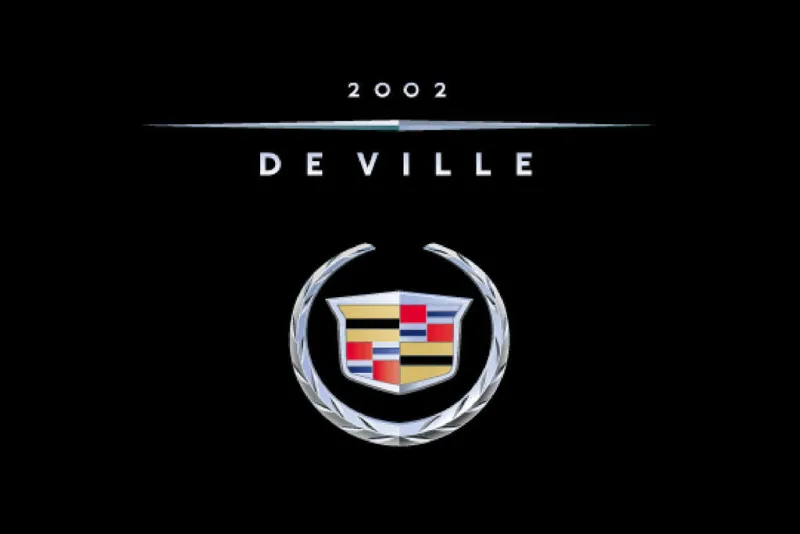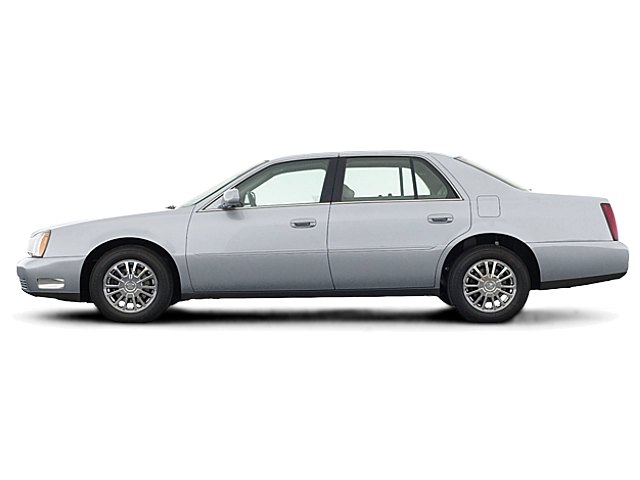2002 Cadillac Deville Owner's Manual

Table of Contents
2002 Cadillac Deville Overview
Introduction
The 2002 Cadillac DeVille is a luxurious full-size sedan that effortlessly combines style, comfort, and performance. Known for its exceptional ride quality and spacious interior, this vehicle has been a favorite among those who prioritize comfort without sacrificing elegance. With its bold design and high-end features, the DeVille exemplifies the classic Cadillac experience, making it a standout choice in the luxury sedan market.
Powertrains
The 2002 Cadillac DeVille is powered by a robust 4.6-liter V8 engine, delivering a smooth 275 horsepower and 300 lb-ft of torque. This powerful engine is paired with a 4-speed automatic transmission, ensuring seamless shifts and a responsive driving experience. The DeVille boasts a refined suspension system that provides a quiet and serene ride, allowing drivers and passengers to enjoy the refined atmosphere typical of a Cadillac.
Trims
This luxurious sedan is offered in three trims: the base-model DeVille, the upscale DeVille DHS, and the premium DeVille DTS. Each trim level presents a unique combination of features and enhancements. The DeVille is well-equipped, while the DHS adds additional luxury options, such as upgraded seating materials and advanced technology. The DTS serves as the flagship model, showcasing distinctive styling cues and top-tier amenities for those who desire the ultimate in Cadillac luxury.
Features
The 2002 Cadillac DeVille comes with an array of premium features designed to enhance comfort and convenience. Standard amenities include leather upholstery, power-adjustable front seats, dual-zone climate control, and an advanced audio system. Optional features may include a navigation system, a rear parking assist feature, and heated and cooled front seats, further elevating the driving experience for both the driver and passengers.
Owner's Manual
The owner's manual for the 2002 Cadillac DeVille is an essential resource for maintaining the vehicle's performance and longevity. It provides comprehensive information on operating the various features, performing routine maintenance, and ensuring the safety of all occupants. Additionally, it serves as a guide for troubleshooting common issues and understanding the car’s technology, enabling owners to maximize their driving experience.
User manual download
The Cadillac Deville owner manual for the 2002 model year is to be found in PDF downloadable format on this page. The owner manual for the model year 2002 is free and in English, but the repair manuals are usually not easy to get and may cost more.
Manual Questions
Fill the form below and someone will help you!

